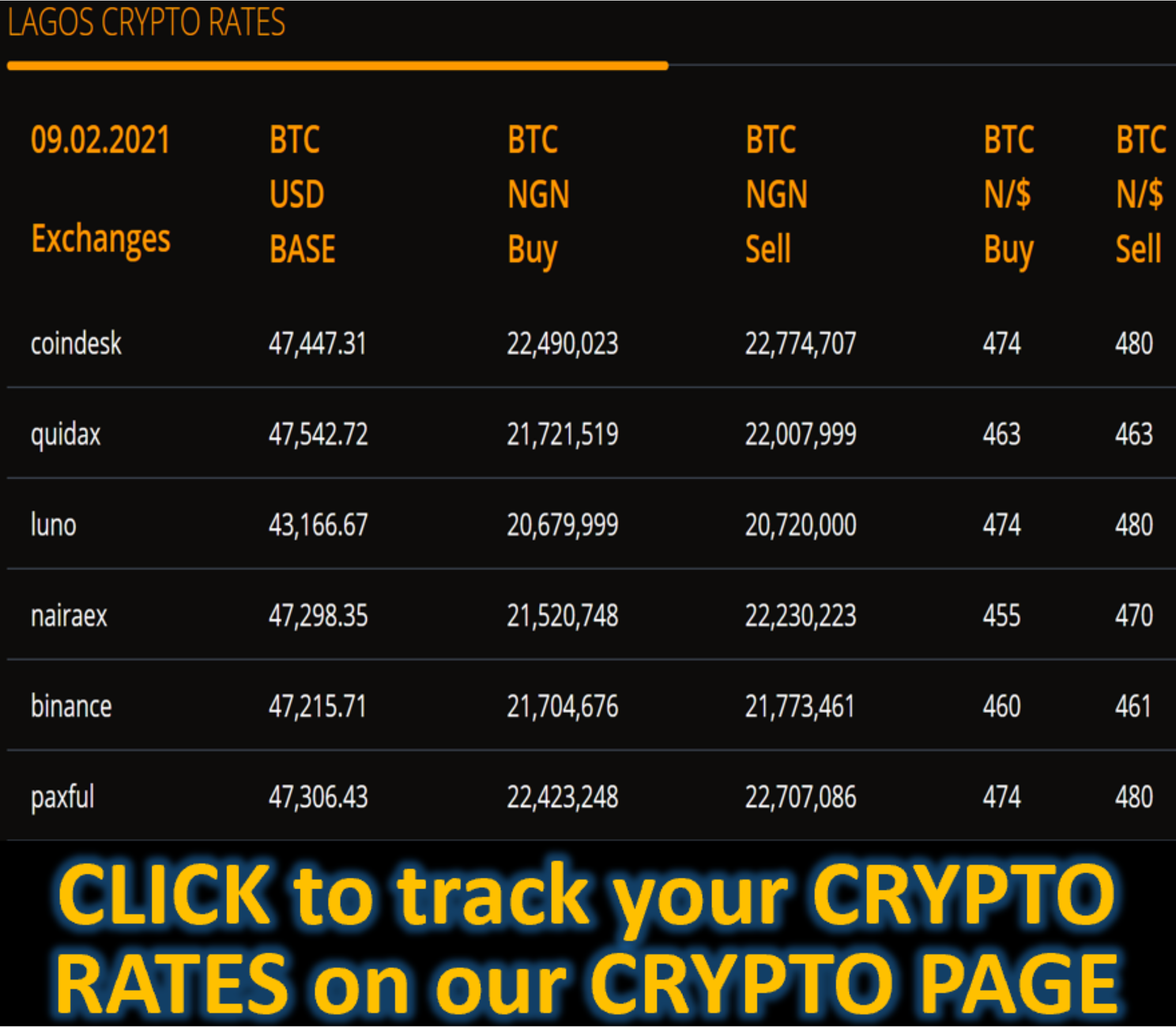Market News
Nine banks pocket N14.7tn interest income in nine months - PUNCH
Nine banks raked in about N14.72tn in the first three quarters of 2025, driven by a high-interest environment, The PUNCH can report.
An analysis of the interim financial statements for the period ended 30 September 2025 of the financial institutions filed with the Nigerian Exchange Limited indicated that the interest income of these financial institutions rose by 27.68 per cent from N11.53tn.
Reviewed in this piece were the unaudited third-quarter results of Access Holdings Plc, which is the parent company of Access Bank, First HoldCo, Zenith Bank Plc, United Bank for Africa, Guaranty Trust Holding Company, Stanbic IBTC Holdings, Sterling Financial Holding Company, Wema Bank, and Ecobank Transnational Incorporated.
According to the Corporate Finance Institute, interest income is money earned by a company for lending its funds, either by putting them into a deposit account in a bank or by purchasing certificates of deposit.
The financial results of Access Holdings revealed that the HoldCo led in absolute figures, as its interest income rose by 21.11 per cent to N2.90tn from N2.39tn in Q3 2024. Following was Zenith Bank, which brought in about N2.74tn, approximately 40.77 per cent higher than N1.95tn in the previous year.
Ecobank Transnational Incorporated, which stated its figures both in naira and US dollars, reported a 20 per cent rise in its interest income to N2.33tn at the end of Q3 2025 from N1.93tn in the previous year. Also earning above N2tn in interest income was First HoldCo, the parent company of FirstBank. The financial institution earned N2.29tn, up from N1.63tn. These four HoldCos accounted for the majority of the sector’s interest income in the period under review.
Both Zenith Bank (40.77 per cent) and First HoldCo (40.38 per cent) showed the strongest growth momentum among the largest banks. Zenith Bank recorded the largest year-on-year absolute increase in interest income, adding approximately N793.84bn, followed closely by First HoldCo, which added about N659.37bn.
GTCO reported a 25.56 per cent increase in its interest income to N1.23tn, while UBA recorded the lowest projected percentage growth (10.08 per cent) to N1.98tn from N1.79tn. Wema Bank showed the most significant growth, with its interest income as of Q3 2025 standing at N396.95bn, which is 72.65 per cent higher than the N229.91bn recorded in the same period last year.
Stanbic IBTC Holdings achieved a strong year-on-year growth rate of 37.24 per cent in interest income. This is higher than the average growth rate for the reviewed financial institutions, which stood at 27.67 per cent. Stanbic IBTC added approximately N158.53bn to its interest income during the first nine months of 2025 compared with the same period in 2024.
Sterling recorded an impressive year-on-year growth rate of 38.73 per cent in interest income to N262.42bn from N189.16bn. Sterling HoldCo indicated that loans and advances to customers brought in the highest income, followed by debt instruments at FVOCI (Fair Value Through Other Comprehensive Income).Hikes in the benchmark interest rate have been a driver of the boost in the interest income of players in the financial sector, as core income comes from loans and advances to customers, investment securities, and cash and cash balances.
Interest rate hikes had been sustained until the September 2025 meeting of the Monetary Policy Committee of the Central Bank of Nigeria, when it reduced the MPR by 50 basis points to 27.00 per cent, the first rate cut in years. There was also an adjustment of the Standing Facilities corridor around the MPR to a +250/-250 basis points.
The MPC also adjusted the CRR for commercial banks to 45 per cent while retaining that of merchant banks at 16 per cent and introduced a 75 per cent CRR on non-TSA public sector deposits while keeping the liquidity ratio unchanged at 30.00 per cent. According to the Governor of the Central Bank of Nigeria, Olayemi Cardoso, the rate cut was predicated on the increased momentum of disinflation in August, which he noted was the highest in the five prior months.
With the MPR at 27 per cent, the Money Market Indicators on the CBN website revealed that, as of September, the maximum lending rate was 29.84 per cent, higher than the prior two months at 29.13 and 29.31, respectively.
Also, credit to the private sector dropped to N72.53tn in September from N75.88tn in August and N76.13tn in July, indicating a waning appetite for lending on the back of the rate cut.
The PUNCH reports that global ratings agency Moody’s Investors Service had warned that Nigeria’s banking sector faces fresh profitability risks after the Central Bank of Nigeria cut its benchmark Monetary Policy Rate to 27 per cent from 27.5 per cent.
Moody’s cautioned that the move could erode banks’ net interest margins unless higher loan volumes offset lower yields.
“We expect the lower policy rate to drive a decline in yields on loans and government securities that will outpace the related decrease in the cost of deposits,” the agency stated, noting that deposit costs adjust more slowly than lending rates.
Net interest income accounted for 62 per cent of Nigerian banks’ operating income in 2024, Moody’s said, stressing that the reduction in the Cash Reserve Requirement would provide only partial relief.









